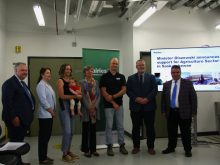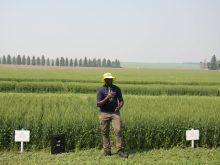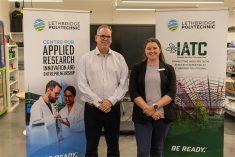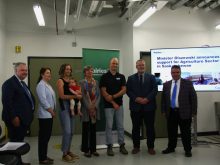Depending on which metric is used, the agriculture industry in Saskatchewan is double, triple or nine times the size of Quebec’s ag industry.
Saskatchewan, for example, has 40.3 million acres of field crops and hayland. Quebec has 4.4 million acres.
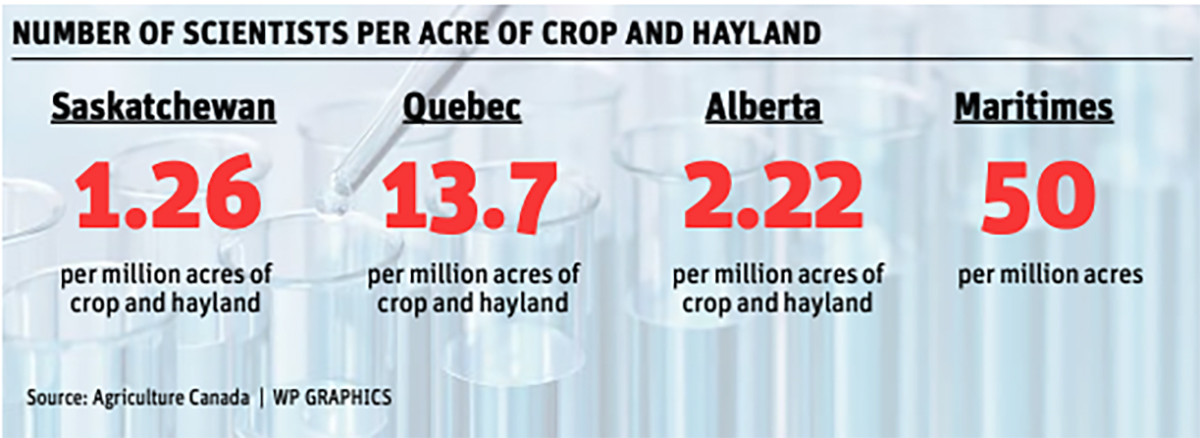
Using other data, Saskatchewan has more than 40 per cent of Canada’s farmland and is a global player in the production of canola, spring wheat, oats, peas, lentils and other crops.
There is a sizable dairy industry in Quebec and the province has 4.2 million hogs, the largest inventory in Canada.
Read Also
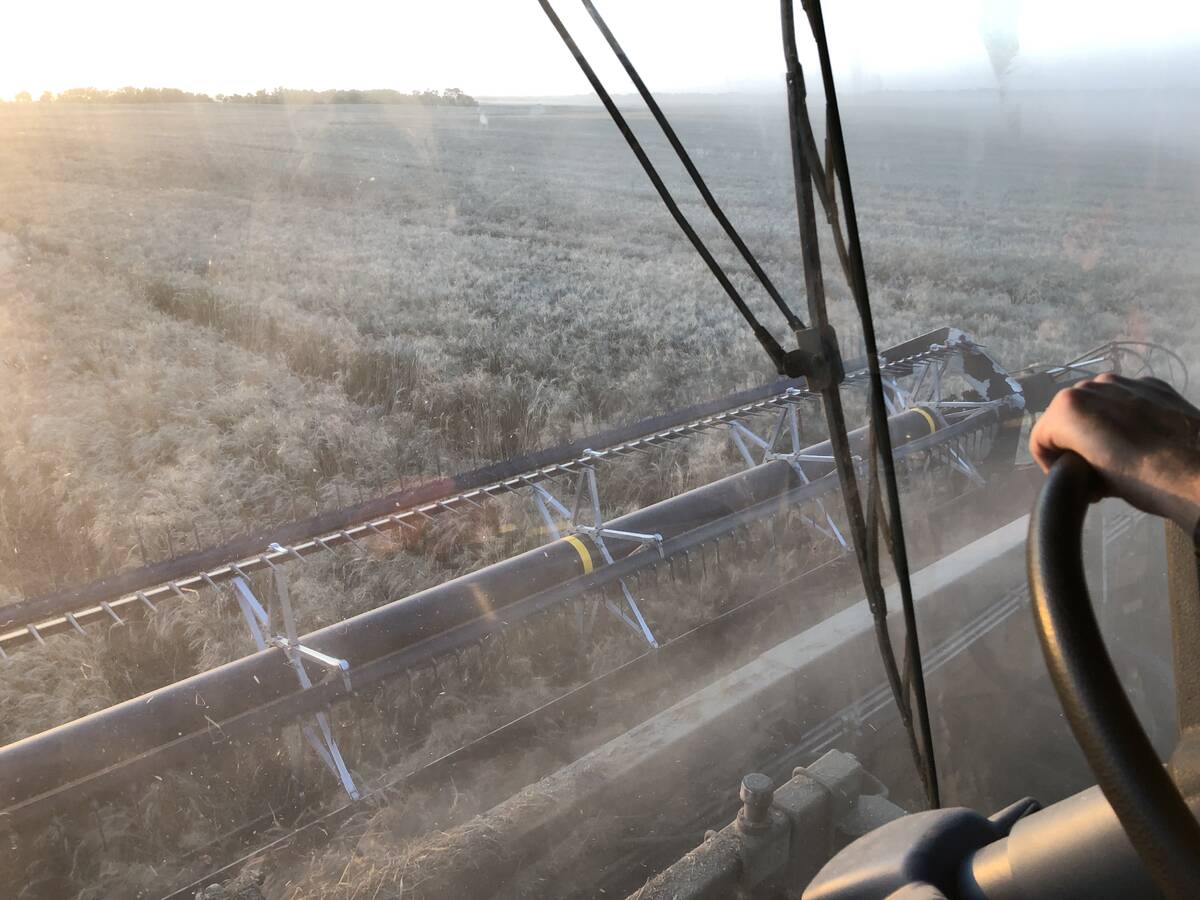
Mail strike disrupts grain sample delivery
The Canadian Grain Commission has asked farmers to consider delivering harvest samples directly to CGC offices, services centres or approved drop offs as Canada Post strike delays mail.
Quebec also has the largest share of Agriculture Canada scientists.
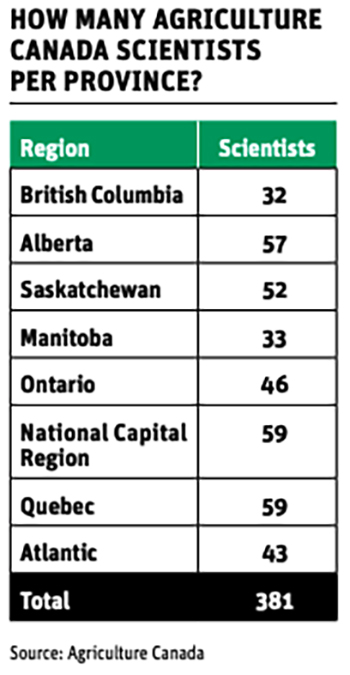
Data provided to the Western Producer by Agriculture Canada shows that the department employs 381 scientists at its 20 research centres across the country.
Of those, 59 work at the four research centres in Quebec.
Saskatchewan, in comparison, has 52 Agriculture Canada scientists at its two research centres in Saskatoon and Swift Current. The Saskatoon centre does have satellite stations in Melfort and Outlook.
Those 52 scientists conduct research on a long list of crops and livestock that are produced in the three soil zones of Saskatchewan — brown, dark brown and black/grey.
In comparison, Agriculture Canada employs six researchers at its station in St. John’s, N.L. Those scientists work in a province with 344 producers, 19,000 acres of cropland and an average farm size of 144 acres, says the 2021 Census of Agriculture.
Agriculture Canada says there may be 43 department scientists in the Maritimes and 59 in Quebec, but they work on projects that benefit farmers across the country.
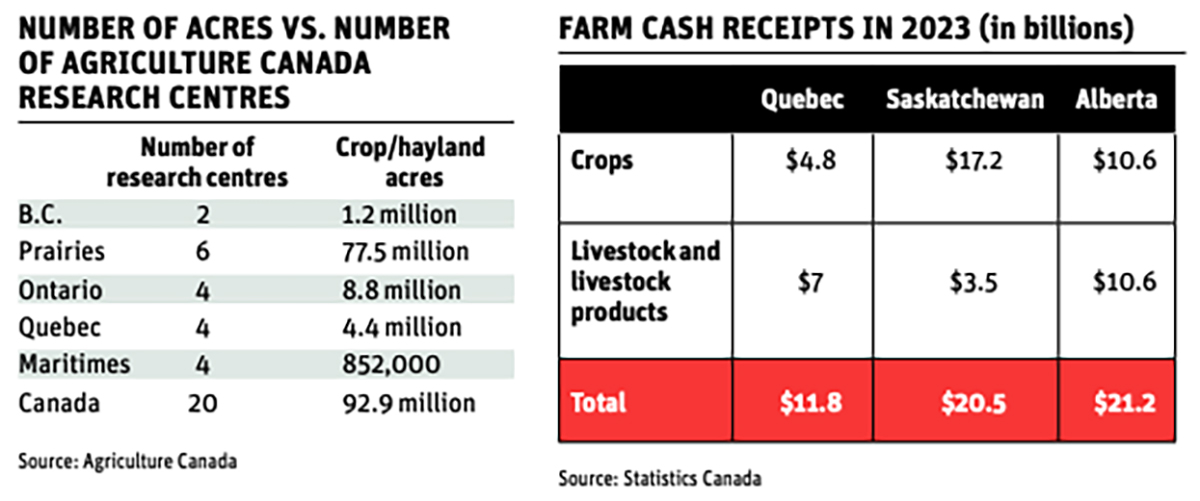
Scientists at the research centre in Fredericton, N.B., for instance, work on potato cropping systems and potato genetics.
“One focus has research scientists collaborating on bringing novel traits, new end uses and disease and pest resistance into potato germplasm,” an Agriculture Canada spokesperson said.
“This research is linked to complementary efforts in Manitoba and Alberta.”
Similarly, scientists in Sherbrooke, Que., do research that support Canada’s dairy and swine industries, from coast to coast.
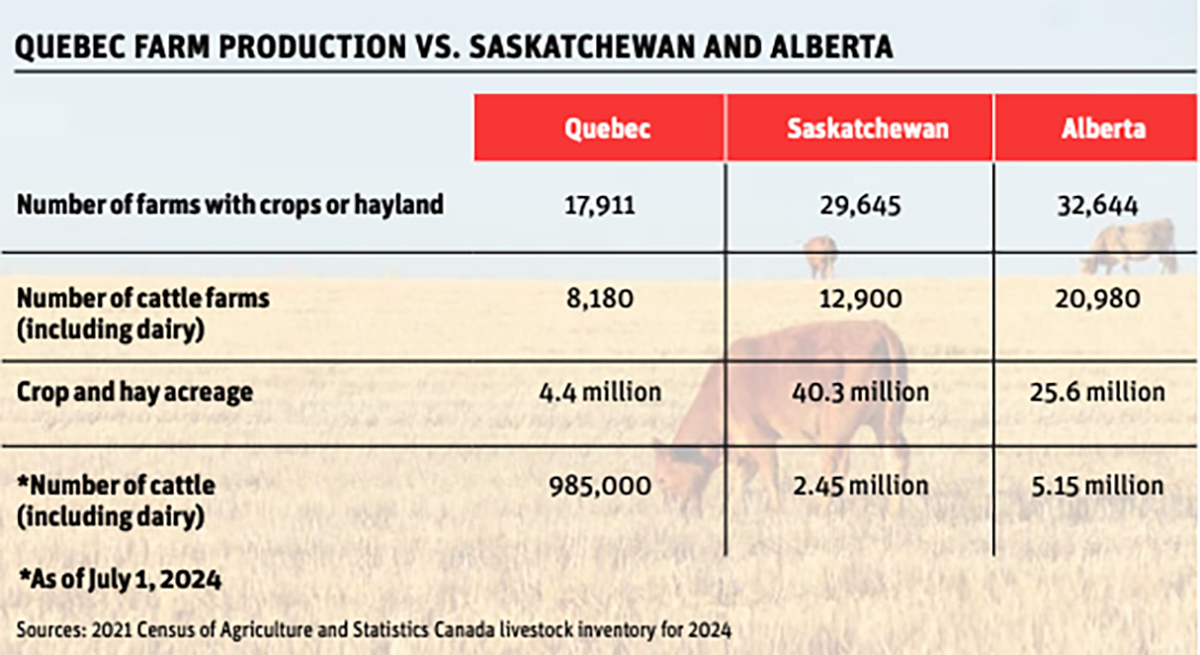
As part of its Strategic Plan, Agriculture Canada encourages scientific collaboration, the spokesperson said.
Researchers work “across commodities, disciplines and geography” to tackle regional and national agricultural challenges.
He said there are 20 research centres across the country, but Agriculture Canada also operates 14 living labs. Six of those are located on the Prairies.
Contact robert.arnason@producer.com







